Wine is a product almost as old as the origin of human history itself. It is believed that the first time wine was produced was in the Neolithic period, its creation being linked to the appearance of pottery. There is archaeological evidence of this primitive way of producing wine in the form of vessels and other containers in which traces of this product have been found. Some of them, such as a vessel found in a Neolithic settlement in the Zagros Mountains, between modern-day Iraq and Iran, date back to 5,400 BC.
From those distant times to the present day, the way in which wine is served and consumed has evolved to an extraordinary level of perfection. The temperature at which we serve the wine, the uncorking of the cork or the choice of the right glass have an influence on the subsequent perception we will have of the product.
Next, we will see how to serve wine by paying attention to four fundamental factors. Small details that will help us to enjoy our wine to the maximum.
Author: US Department of Agriculture
1. TEMPERATURE
The temperature at which wine is served is fundamental for the correct perception of its characteristics. Depending on the type of wine we are going to taste, the ideal temperature for its consumption will vary. The optimum temperature for serving wine is the one at which we can appreciate all its nuances and aromas. If the temperature is too low, the aromas will not develop correctly, we will feel roughness in the mouth and the papillae responsible for perceiving taste will become numb due to the anaesthetic effect of the cold, leaving them unable to carry out their function. If, on the other hand, the temperature is too high, the alcoholic taste and the perception of the sugars present in the wine will be enhanced, so that its correct tasting will also be adulterated.
In order not to spoil our wine, we must know the optimum temperature at which it should be served. To do this, as a general rule, follow these tips on the appropriate serving temperature for each type of wine.
- Signature Wines: serve between 14 and 18°C.
- Reserva and Gran Reserva reds: serve between 16 and 18°C.
- Red wines Crianza: serve between 14 and 17°C.
- Young red wines: serve between 12 and 14°C.
- Whites with Crianza in barrel and sweet wines: serve between 10 and 12°C.
- Young rosés and whites: serve between 7 and 10°C.
2. DESCORCHE
 Author: Dan DeChiaro
Author: Dan DeChiaro
Uncorking a bottle of wine is much easier than it looks. All we need is a good bottle opener or corkscrew, although there are also alternative ways.
The most convenient are the ones used by waiters, which incorporate a simple two-stage lever system and a capsule cutter. You don't need to use a lot of force or be a professional expert to correctly uncork a bottle, but there are a few things to bear in mind:
- Try not to move or handle the bottle excessively. Any particles or sediment in the wine must not be left in suspension, and excessive handling can cause the temperature of the wine to rise.
- Wine bottles usually have a glass burr just below the mouth of the bottle. This is the drip catcher, which prevents the drops of wine that remain after pouring from sliding down the bottle. We will have to cut the capsule of the bottle below this flange, so that the drip collector works properly.
- The corkscrew should be stuck right in the centre of the cork to prevent the cork from breaking. In the first quarter turn, the corkscrew should be in a vertical position. We should never go completely through the cork, in order to avoid the remains of the cork falling into the wine.
- After levering and sufficiently extracting the stopper, the cork must be made to rotate. This will allow air to enter the bottle, which will make it easier to extract the cork.
- Once the cork has been removed, we clean the neck of the bottle to avoid any possible remains.
3. DECANTING AND OXYGENATION
The vast majority of wines can be served straight from the bottle. However, some others, generally older wines, need to be decanted. This is done for two reasons:
- First of all, old wines often have precipitated particles at the bottom of the bottle. These sediments are not bad, but they can be annoying to the touch when tasting the wine. By decanting and leaving the wine to settle, we make it easier for these sediments to stay in suspension and prevent them from reaching the glass.
- Secondly, some wines, especially Reserva and Gran Reserva wines, may have a certain musty aroma. This is due to the longer maturation time the wine requires before being consumed. These aromas disappear after a few minutes of contact with air, and the wine's own aromas and nuances are more perceptible.
4. CHOICE OF THE CUP
Wine is in fashion and, to a large extent because of this, glass manufacturers now offer specific options for each wine, even by the type of grape from which it is made. But it is not necessary to have an extensive arsenal of glasses to enjoy a good wine. In general, it will be enough to have three different types:
- Red wine glasses: The most common are the Bordeaux and Burgundy type. Both are large glasses, which helps the wine to have a large surface area in contact with the air, thus favouring oxygenation. The Bordeaux type is the most widespread. It is tall and has flat rims, which helps to direct the wine towards the centre of the mouth, which helps to limit the bitterness of the tannins. The Burgundy type glass is slightly larger but with a narrower mouth, to make it easier for the wine to swirl around inside and thus oxygenate.
- Glass for white wine: They are similar to the Bordeaux model, but smaller and with a longer stem. This is to prevent the wine from heating up.
- Flute, tulip or cava glasses: These are tall, slender glasses suitable for drinking sparkling wines. Their design allows the wine to be kept at a low temperature and allows us to appreciate the quality of the bubbles in our drink and the concentration of its aromas.
In any case, regardless of the type of wine to be consumed, we should always choose glasses with stems, as this is the right place to hold them, preventing our body heat from being transferred to the wine and our fingers from staining the glass, thus clouding the visibility through the glass.
These are some basic indications to bear in mind when serving wine correctly. In this way, we will enhance its virtues and make our tasting more pleasant. It is a rite of serving wine that prepares us for enjoyment.






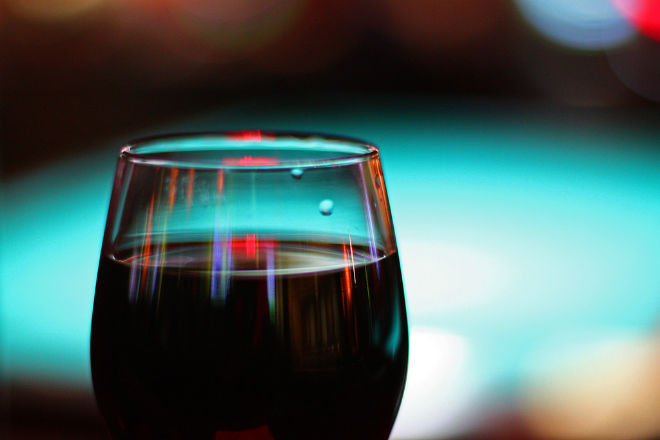


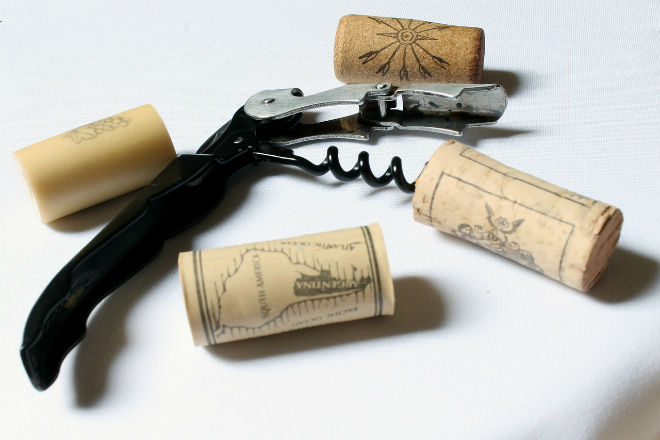
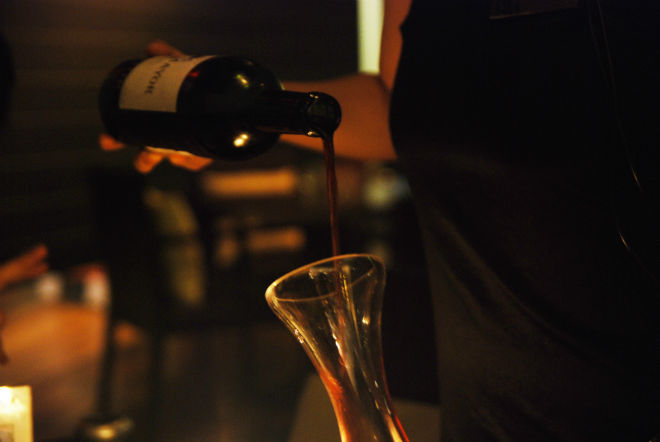
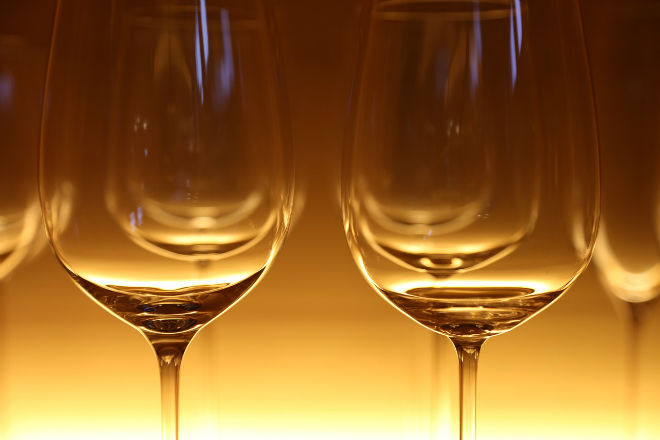


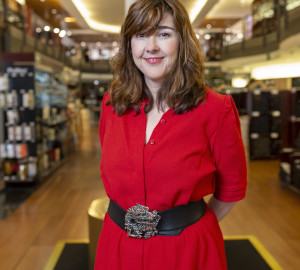








Good afternoon. I really liked the information I have just read about how to uncork wine, how to serve it, etc. I am from HARO and there are things I didn't know, thank you very much for the information. I have been eating several times in the restaurant but I have never had the chance to see the wine cellar if the museum I would like one day. Thank you for everything. Regards.
Hello José,
We are glad to hear that this article has been useful for you. We hope to see you again at Vivanco, that you are encouraged to visit the winery + museum and tell us about your experience.
Best regards and thank you!